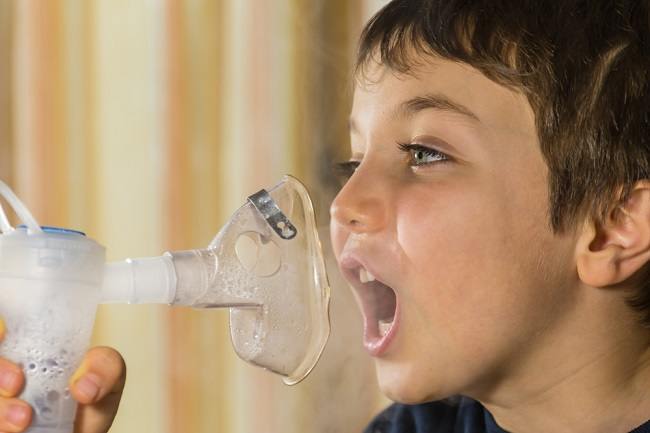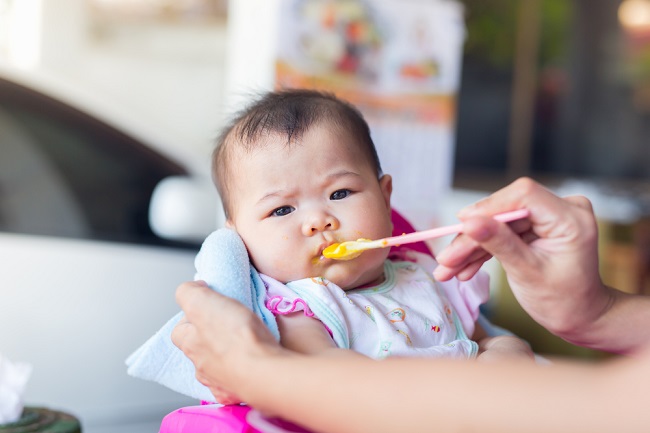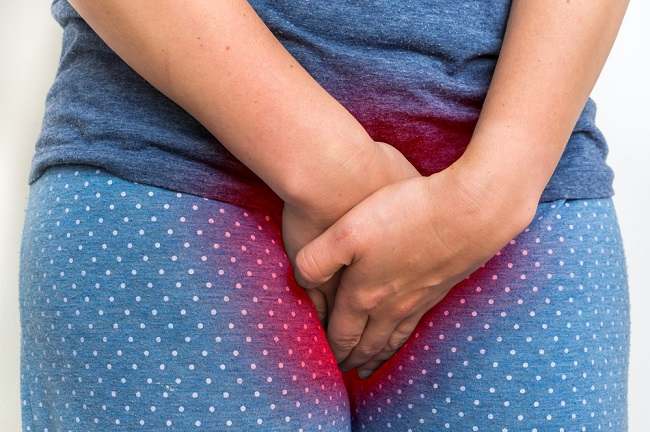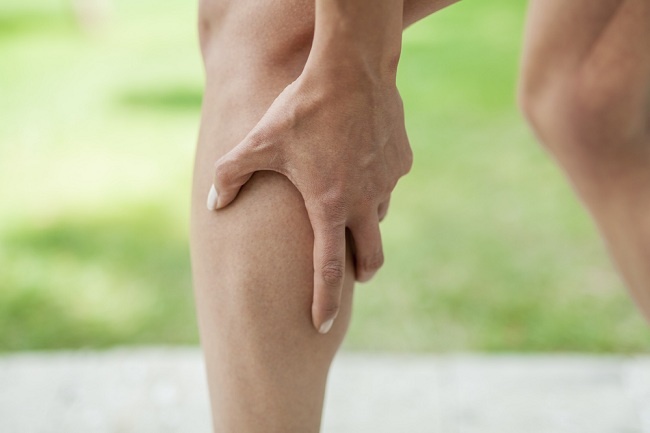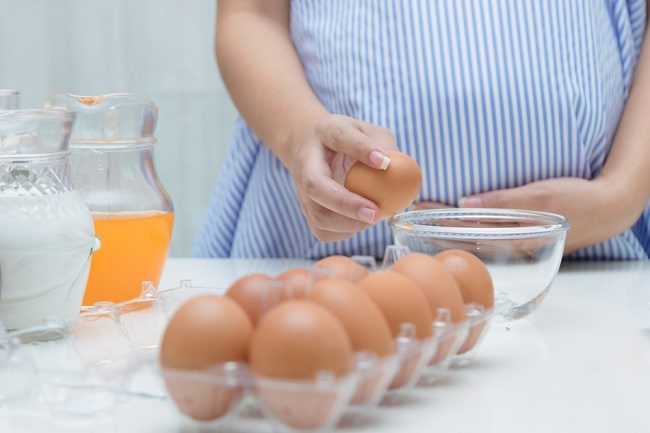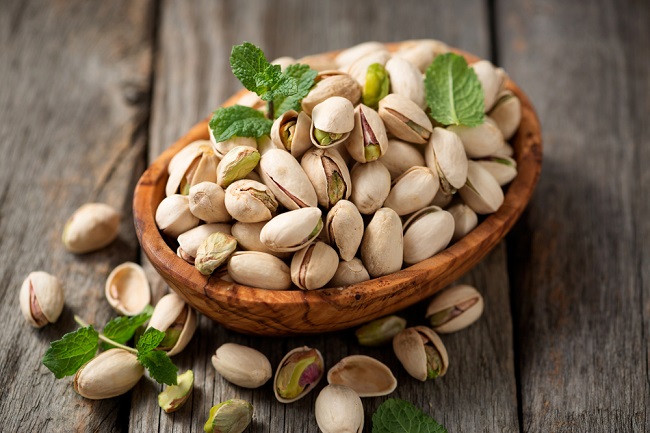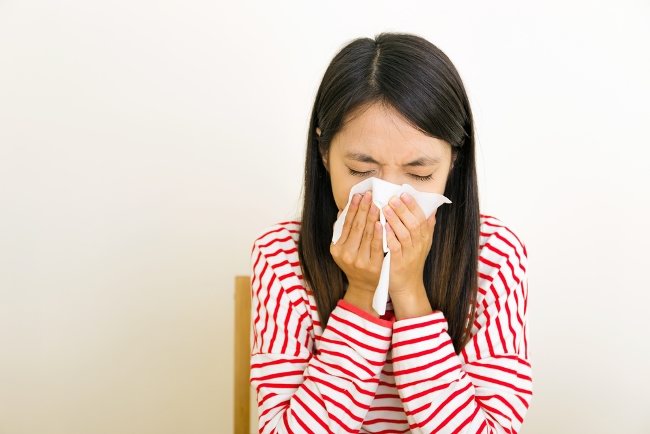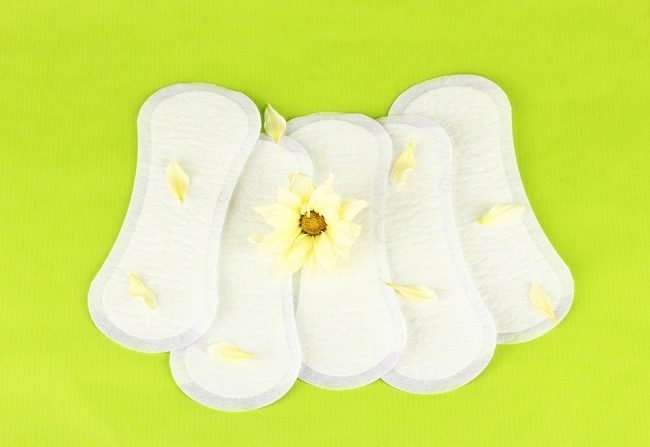Normal delivery can cause the perineum (the area between the vagina and anus) to tear, requiring stitches. So that the stitches after childbirth heal quickly, the following ways you can do.
The recovery process after giving birth can be uncomfortable. Swelling and bruising in the bladder, vagina, and perineal sutures can be painful in these areas. But these things should not be an excuse for mothers not to take care of the stitches after giving birth yes.

Tips for Speeding Up Healing of Stitches After Childbirth
To speed up the healing process of stitches after giving birth, as well as relieve discomfort and avoid complications, you can try the following methods:
1. Cold compress on the suture wound area
Make a cold pack of ice cubes wrapped in a cloth, and apply the compress to the seam area for about 10 minutes. Do it several times a day. The cold temperature of this compress can help relieve swelling and pain in the area around the stitches.
But remember, give a pause of about 1 hour before applying the compress again, and avoid compressing ice cubes directly on the skin without any barrier.
2. Clean the wound with warm water and keep it dry
So that the wound does not become infected, it is recommended that you take a shower and clean the wound area with lukewarm water every day. However, make sure the area is completely dry afterwards. Also, make sure the water used is not too hot.
To dry the wound after cleaning, you can pat it gently with a soft cloth or towel to dry, or use a hair dryer. If you use a hair dryer, make sure the device is set on a low temperature and power, and leave a distance of about 20 cm from the vaginal skin.
3. Use warm water when urinating
When you urinate, the stitch area may feel sore. So that it doesn't hurt too much, you can wash the vaginal area with warm water while urinating. In addition to reducing the stinging sensation, the warm water rinse can also clean the seam area.
The container for spraying warm water can be a plastic or glass bottle. It is important to make sure the container is clean. Do not forget, dry the vagina afterwards with a tissue from front to back, to prevent infection.
4. Keep your hands clean
Always wash your hands with soap or antibacterial cleanser before cleaning the vaginal and perineal areas, including when bathing, changing sanitary napkins, and urinating or defecating. This is important to avoid infection.
5. Change pads regularly
Mothers who have just given birth need to be diligent in changing pads, which is about every 2-4 hours during puerperal bleeding. This is important so that the stitches in the vagina avoid infection and heal quickly.
Types of pads that give a cooling sensation may be used, but make sure the product is fragrance-free, hypoallergenic (non-allergenic), and has a balanced pH. The use of tampons should be avoided for the first 6 weeks after delivery.
7. Increase fiber consumption
Mothers who have just given birth usually do not defecate for several days. But if you're not careful, this condition can lead to constipation. To prevent this, consume fibrous foods, such as fruits and vegetables, and drink plenty of water.
If the bowel movements are smooth, your worry about the stitches coming off when you push too hard can also be reduced. Despite the fact that the stitches after delivery rarely come off.
In addition to the various methods above, you also need to know what activities to avoid after giving birth, such as lifting heavy objects or going up and down stairs. Avoid doing these activities so that the stitches are well maintained.
Mothers can try the various ways above to treat stitches after giving birth, so that they heal quickly. However, if the stitching pain does not improve, especially if it is accompanied by a fever or an unpleasant odor comes from the wound, immediately consult a gynecologist again.
